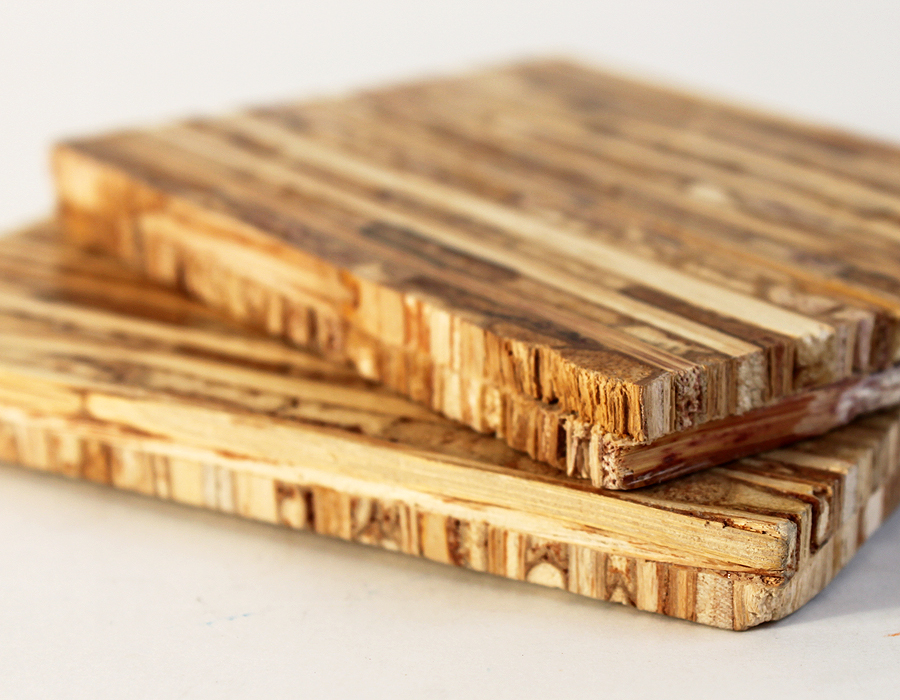We’ve wanted to see whether spent grains could be used as filler for building materials.
Spent grains as Bricks
Today, brick manufacturers are looking to replace polystyrene which provided bricks with enhanced heat-trapping abilities.
However, EU restrictions on carbon emissions have made it expensive to incorporate polystyrene and other synthetic materials into bricks.
A USA based brick manufacturer experimented with 5% spent grains to make clay bricks and found that spent grain clay bricks had similar strength to conventional brick yet had better insulating properties.
The spent grains are believed to make the bricks more porous, and so they trap more air, which increases heat retention.
The brick manufacturer, Acme Brick Company, says they abandoned further experiments because the stench of the moist grains was overpowering. “We opened up the bucket and it was terrible”. This problem vanishes once the bricks are fired.
If you are a manufacturer willing to experiment with Spent grains, we’d love to hear from you.
Spent grains as Insulation

Spent grains have high cellulose content and could be used similarly to cellulose-based insulation today.
Cellulose insulation today is made from recycled paper and treated with boric acid and borate which makes cellulose flame resistant, pest resistant and mold resistant.
To date, haven’t encountered anyone who is using spent grains as insulation.
However, we suspect that this might be due to the fact that spent grains will be attractive to rodents as a possible food source and the demand for spent grains as a valued food rich alternative to feeding animals.
If you’d like to learn more about recycled paper-based cellulose insulation, check out these USA and Canada links.
Spent grains as Flooring
Oriented strand board (OSB), also known as flakeboard, is a type of engineered lumber similar to particle board, formed by adding adhesives and then compressing layers of wood strands (flakes) in specific orientations.
OSB is used 70% of all floor, wall and roof sheathing in North America. They criss-cross wood pieces with glue resulting in flooring that is stronger than plywood. As a result, OSB is cheaper as it uses wood pieces versus plywood that is made from solid wood.
More on OSB vs plywood
Wood has a natural resin that comes out under pressure that helps seal in its strength – not sure if spent grains have any natural resins or its natural tensile strength – would need CSA to confirm.
Thus, typical flooring is wood based on inexpensive compared to grain mixed with resin based flooring like the Kirei board which uses Sorghum straw.

According to Treehugger on the Kirei board:
It’s made of Sorghum Straw, KR Bond adhesive, and Poplar wood. Kirei Board has been in use for wall coverings, cabinetry, furniture, flooring, and other decorative and finished products. It is different than particle board because the stalks left over after harvesting the Sorghum plant (which is used to produce food products) are woven tightly and then heat-pressed with a no-added-urea-formaldehyde adhesive.
Thus, we’d need to test spent grains in a resin (which is typically expensive) to see if this is a feasible avenue forward assuming the floors aren’t seen as a food source by rodents. Pesticides and insecticides could be used to counter but then there is the potential for off-gassing carcinogens from these chemicals. Perhaps explore options using boric acid and borates instead.
Conclusion
Looks like we’d need to solve the problem of spent grains as a source of animal food prior to consider it as input to building materials.
Again, we’d love to hear from anyone who has alternate suggestions.
